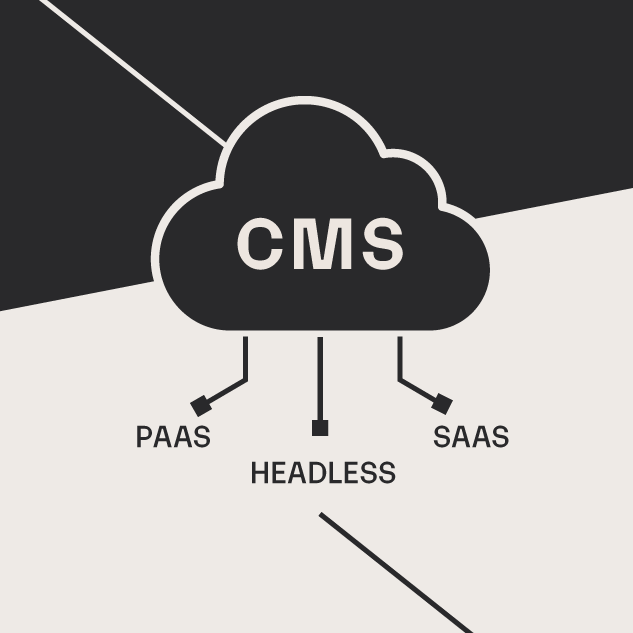We convert vision into strategy.
The path toward digital transformation begins with a vision of what’s possible. We help enterprise organizations uncover and articulate that vision.
You need more than a project plan.
One of the biggest obstacles to digital maturity is the lack of cross-departmental collaboration. When marketing, IT, and sales all run projects independently within their silos, it comes at the expense of organizational growth. Companies that see the most return on their investment in technology are more effective at strategically coordinating multiple projects across departments.
Outcome-driven Roadmaps
Roadmaps filled with vanity projects and disjointed stakeholder requests are a tell-tale sign of a reactive organization. Reactive organizations tend to see technology as a cost center as they throw money at projects primarily to appease stakeholders or attain feature parity with competitors. Our approach focuses your investment on business problems and desired outcomes. We’ll work with you to build a roadmap that helps move your initiatives forward at a faster pace, while coordinating across silos to ensure that every department can benefit.
Budget Planning
Not every company operates at the same pace. Based on what you want to accomplish and how quickly you want to move, we can help you forecast investment for your next fiscal year. We can also help develop strategies for funding your projects and spreading budgets across different departments.
Comprehensive Strategy
Our multidisciplinary product teams bring expertise across marketing, technology, design, and business strategies. This uniquely positions us to help you plan initiatives holistically—for example, building an ambitious marketing strategy that also leverages opportunities driven by technology. More importantly, we can help you put together a comprehensive strategy aligning projects in a way that opens up greater opportunities to delight your customers and drive your business forward.
Areas of Expertise
- Budget planning
- Strategic consulting
- Marketing strategy
- Personalization strategy
- Technical integration strategy
- Content strategy
- Cloud migration strategy
- CMS strategy
- Lead generation strategy
Our Work
See how we've helped these clients develop and execute strategies to increase customer acquisition, retention, and revenue.

/Icons/blog-011524-min.png)
